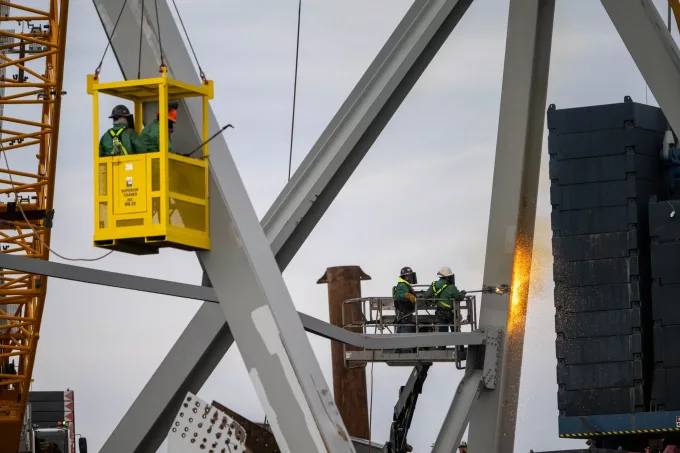Expeditors in court – not over just yet, going to appeal
Wheels of Justice still turning

As salvors begin their work in earnest, Singapore-based Grace Ocean and Synergy Marine, owner and manager respectively of the 10,000 teu Dali, are denying responsibility for the collapse of the Francis Scott Key Bridge in Baltimore.
The bridge collapsed last Tuesday after being struck by the 2015-built ...
CMA CGM South Korean staff strike over bonuses after bumper 2024 profit
MSC switches two more Asia-Europe port calls from congested Antwerp
CMA airline returns two freighters, while ANA takeover of NCA looms
Nightmare for Bangladeshi exporters as congestion and tariffs bite
Tradelanes: Export boom in Indian sub-continent triggers rise in airfreight rates
Carriers introduce surcharges as congestion builds at African ports
Ports and supply chain operators weigh in on funding for CPB
Front-loading frenzy has made traditional H2 peak season 'unlikely'

Comment on this article